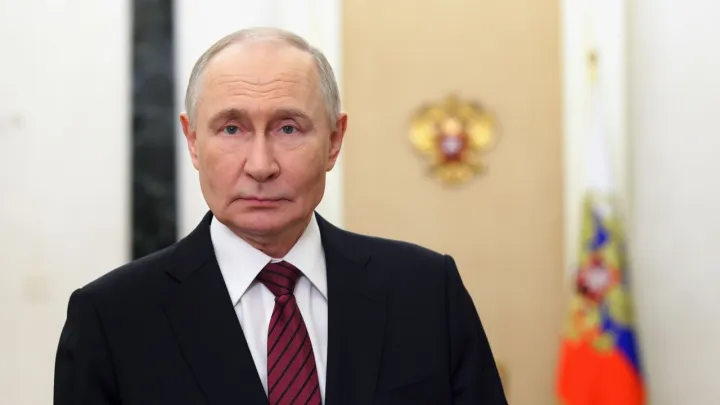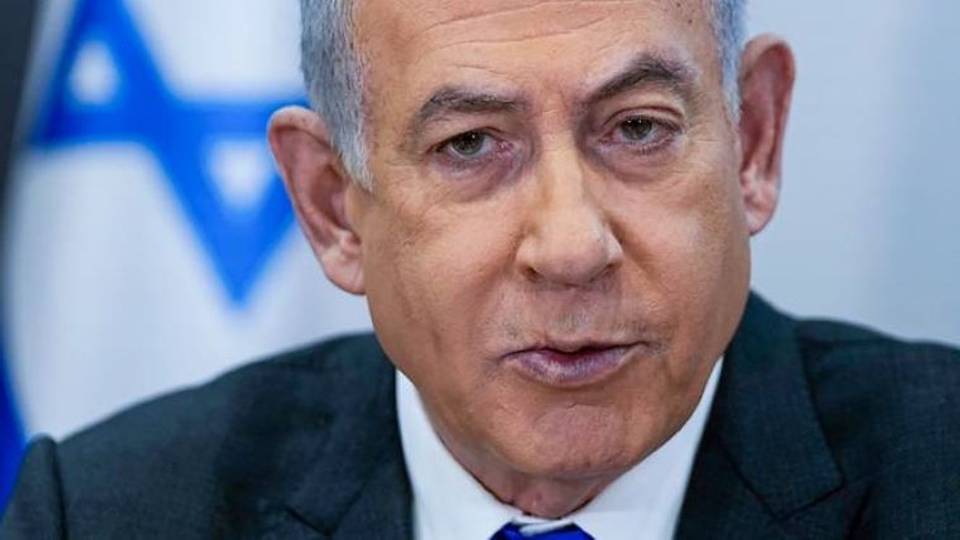Sport
Dollar
42,8044
0.17 %Euro
50,1756
-0.07 %Gram Gold
5.973,2500
0.3 %Quarter Gold
9.852,9100
0.24 %Silver
92,4600
2.85 %Countries are piling up gold reserves at double the usual pace amid geopolitical and economic uncertainty, pushing up retail prices of the yellow metal.
Central banks have been buying gold in huge quantities for three years in a row in an apparent attempt to hedge against political and economic uncertainties around the world.
Their rush to stockpile the precious metal began in earnest in the third quarter of 2022. The price of gold has more than doubled since then to over $3,300 per ounce.
“Central banks have accumulated over 1,000 tonnes of gold in each of the last three years, up significantly from the 400-500-tonne average over the preceding decade,” Juan Carlos Artigas, global head of research at the World Gold Council (WGC), tells TRT World.
Driven by wars in Gaza and Ukraine, as well as economic uncertainties like erratic tariff policies under the Trump administration, the surge in gold demand by central banks has propelled the gold price to all-time high levels.
The massive buying by central banks year after year has sent ripples across retail markets, where rising prices have dampened demand for gold jewellery.
Shabbir Hussain Imam, a multilingual journalist based in Peshawar in northern Pakistan, tells TRT World that people have stopped buying jewellery because of high prices.
“There was a time when people in Peshawar regularly bought small amounts of gold, either to add to their family jewellery or as a gift. Today, that tradition is fading,” he says.
Hard data confirms this trend. Global demand for gold jewellery “fell sharply” earlier this year amid the “record price environment”. The retail price of gold for Pakistani consumers has gone up 2.5 times in the last three years.
The price surge has forced families to “rent” imitation jewellery for weddings, something “almost unheard” of in the past. “In three decades of reporting, I haven’t seen this kind of economic pressure,” Imam says.
Going by forward-looking surveys, the worldwide rush by central banks to pile up gold reserves is not just a fleeting trend.
The WGC 2025 Central Bank Gold Reserves Survey reveals that 95 percent of respondents expect global gold reserves to increase over the next 12 months.
A record 43 percent of central banks polled by the WGC anticipate growth in their gold reserves over the same period.
Strikingly, none of the central banks foresees a decline in its gold holdings.

What’s driving the gold frenzy?
Gold has been a store of value for thousands of years. Until 1971, a key feature of the global economic system was the gold standard under which currencies were convertible to gold at a fixed price. This meant every country tried to stabilise its currency by building up its gold reserves.
But that changed over five decades ago when President Richard Nixon abandoned the gold standard unilaterally to control inflation in the US. Since then, the government-issued fiat money – mainly the US dollar – has replaced gold as the main asset class for central bank reserves worldwide.
Yet, most central banks continue to maintain some of their reserves in the form of gold. They ‘diversify’ their reserves to avoid the fate of Russia, Iran, and Afghanistan, countries that lost access to their own reserves, amounting to hundreds of billions of dollars, because of US sanctions.
Artigas says central banks consider gold’s role as a strategic asset and its reliability in times of crisis as key reasons for heavy purchases.
Ricardo Evangelista, director at brokerage firm ActivTrades, echoes this sentiment. Russia’s Ukraine offensive and ‘‘the sanctions and asset freezes imposed by the West — led several countries to diversify away from the dollar, opting instead for gold as a store of value,” he tells TRT World.
Gold’s role as a hedge against inflation and a safe-haven asset amid geopolitical uncertainty has further cemented its allure, he adds.
Who’s leading the charge?
While the trend spans the globe, central banks from emerging economies appear to be at the forefront of the gold-buying spree.
Artigas notes that since 2010, countries like China, Poland, Türkiye, and India have been among the most aggressive buyers of gold.
Evangelista adds Middle Eastern nations like the UAE, Qatar, and Oman to the list, noting their significant purchases since 2022.
“Developed markets already have significant quantities of gold in their reserves, while many emerging markets (have) looked for ways to diversify their reserves since the turn of the century,” Artigas says.
The motivations behind these purchases reveal much about the economic and political strategies of these nations. For China, the world’s largest gold buyer in recent years, the move is part of a broader effort to reduce reliance on the dollar, a currency that dominates global trade but carries risks in an era of sanctions and geopolitical friction.
Poland, for example, has cited gold’s role in bolstering national security and economic resilience, particularly in the shadow of Russia’s war in Ukraine.
“This shift reflects a strategic aim to diversify reserves, reduce exposure to the dollar, and protect assets amid geopolitical and economic uncertainty,” Evangelista says.
A statement of sovereignty
The sustained demand from central banks has had a tangible impact on gold prices. Artigas notes that as an “important source of demand” for the past three years, central banks have “significantly contributed” to the rise in its price.
Inflation, which spiked globally in the wake of the Covid pandemic and supply chain disruptions, has eroded the purchasing power of fiat currencies.
Analysts say this is the reason central banks see gold as a reliable counterweight to fiat currency. Its lack of counterparty risk — no one can default on gold — and its historical stability make the precious metal a unique asset in a world of volatile markets.
For emerging markets, the push for gold is also a statement of sovereignty. By reducing dependence on the dollar, countries like China and India are asserting greater control over their economic policies.
“We still expect central bank demand to remain robust this year and positively contribute to gold’s performance, although it may not reach the record levels of the previous two years,” Artigas says.
Comments
No comments Yet




















Comment